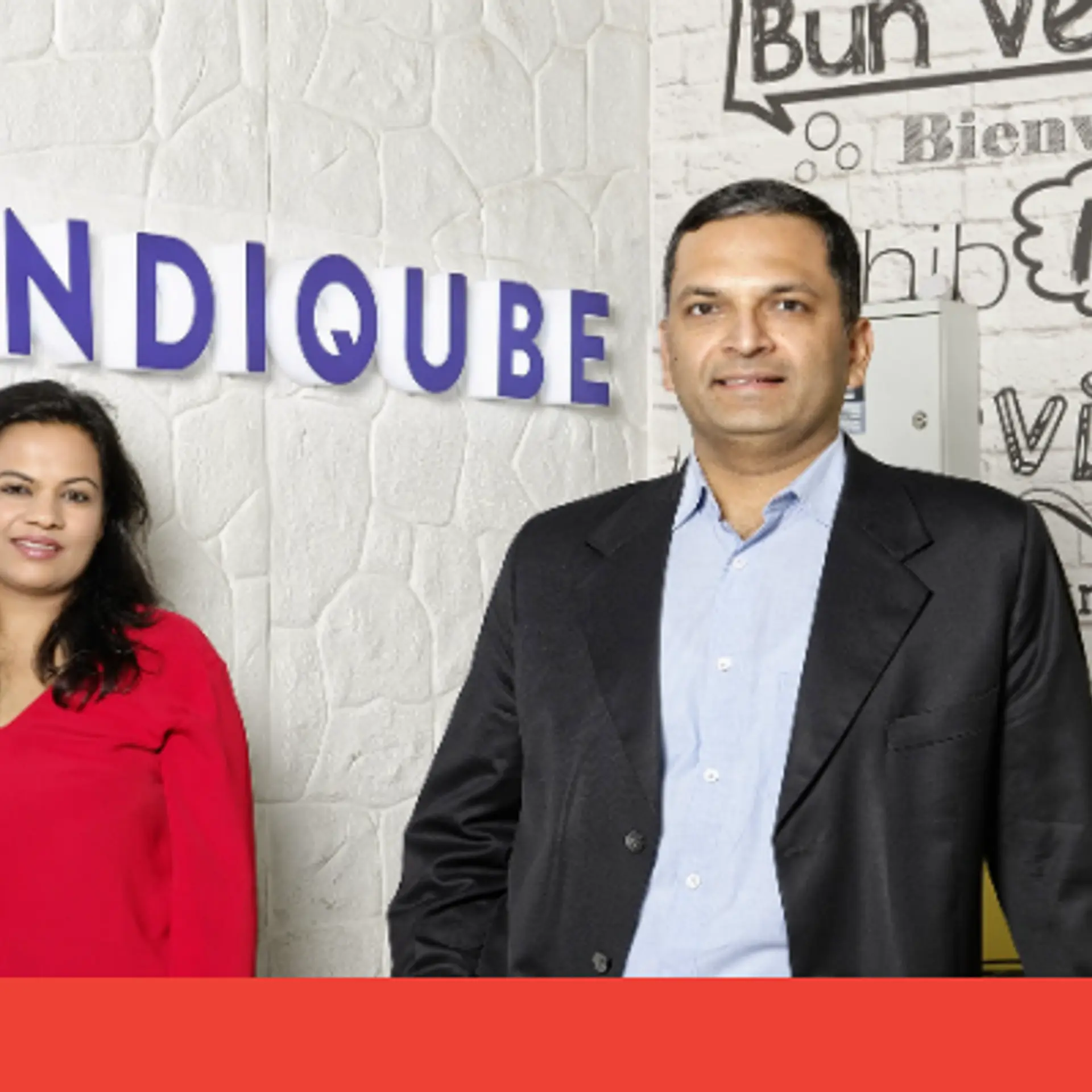Taking Indian MSMEs and small businesses global, and other top SMB stories of the week
This week, SMBStory brings to you companies hand-holding MSMEs and other small businesses to explore international markets, and more.
For any business—big or small—scaling up to export is a big stepping stone. Any small and medium enterprises that aim to enter the international market need strong hand-holding and support from the industry’s big players.
This week, SMBStory brings to you companies and platforms helping MSMEs and small businesses enter international markets.
ExpoBazaar
Supply chain disruption was one of the first challenges Indian businesses faced as soon as the country went into a lockdown in 2020.
Amidst the COVID-19 pandemic, the traditional supply chain gave a huge opportunity to business-to-business (B2B) ecommerce players, who aided companies falling short of raw materials or exploring new business avenues.
According to Statista, the global B2B ecommerce market—valued at $14.9 trillion in 2020—is over five times the business-to-consumer (B2C) market. And, Indian B2B ecommerce players, including , , , etc., saw a whopping 100 to 300 percent growth during the last two years.
Moreover, the Aatmanirbhar Bharat movement has excited Indian entrepreneurs to put made in India products on the world map, and this is where is carving a niche for itself.
Founded in March 2022, ExpoBazaar—a subsidiary of Greater Noida-based India Expo Mart Ltd—is a cross border B2B e-marketplace that connects global retailers with Indian exporters and manufacturers.
In a conversation with SMBStory, Rakesh Kumar, Chairman, India Expo Mart, and Director-General - Export Promotion Council for Handicrafts (EPCH), spoke about how ExpoBazaar is strengthening the country’s export business, empowering Indian manufacturers.

Other top picks of the week:
Jahagirdar Foods
For a long time, traditional brands like Britannia, Parle, etc., have been ruling India’s fast-moving consumer goods (FMCG) sector. However, in the last decade, several direct-to-consumer (D2C) brands have emerged in the space—the new era now touted as FMCG 2.0.
According to India Brand Equity Foundation (IBEF), FMCG is India’s fourth-largest sector, accounting for 50 percent of the sales in the country. The sector has also attracted investment because of its all-season demand and witnessed an FDI inflow of $18.59 billion from April 2000 to June 2021.
However, the question remains - how are traditional FMCG brands staying relevant in the age of FMCG 2.0?
To delve deeper into this, SMBStory spoke to Saloni Mayur Chindhade, Director of Jahagirdar Foods, launched in 1996 by her father Milind Jahagirdar. The Nashik-based FMCG company manufactures a host of products like biscuits, cookies, chocolates, premixes, namkeens, and more.
has been a witness to India’s evolving FMCG sector. Despite its arduous journey, the brand continues to innovate to stay relevant in this competitive market. And, Saloni says, the COVID-19 pandemic played a major role in changing many things within the company and the industry.

Swiss Beauty
According to Mordor Intelligence, the Indian cosmetics industry could be relatively strong compared to other consumer categories despite poor sales in 2020 amid the pandemic.
Decade-old cosmetics company is a testament to such an emerging trend.
Founded by brother duo Mohit and Amit Goyal in 2010, the Delhi-based company sells cosmetics and skincare products, including lipsticks, compact, mascara, highlighters, eyeshadows, blush, and face serums. The company claims to have over 200 products and 1,000 stock keeping units (SKUs).
In the last 12 years, Swiss Beauty has carved a niche in a market dominated by the likes of Maybelline, Lakme, Himalaya, The Shahnaz Hussain Group, and more, with its affordable products.
Besides its online presence, Swiss Beauty is present in 7,000 outlets across 200 cities in India, and this number is set to cross 10,000 this year, Mohit tells SMBStory.
He also highlights that this year, for the first time, the brand is eyeing international expansion in the Southeast Asian markets and the Middle East.
Edited by Suman Singh









